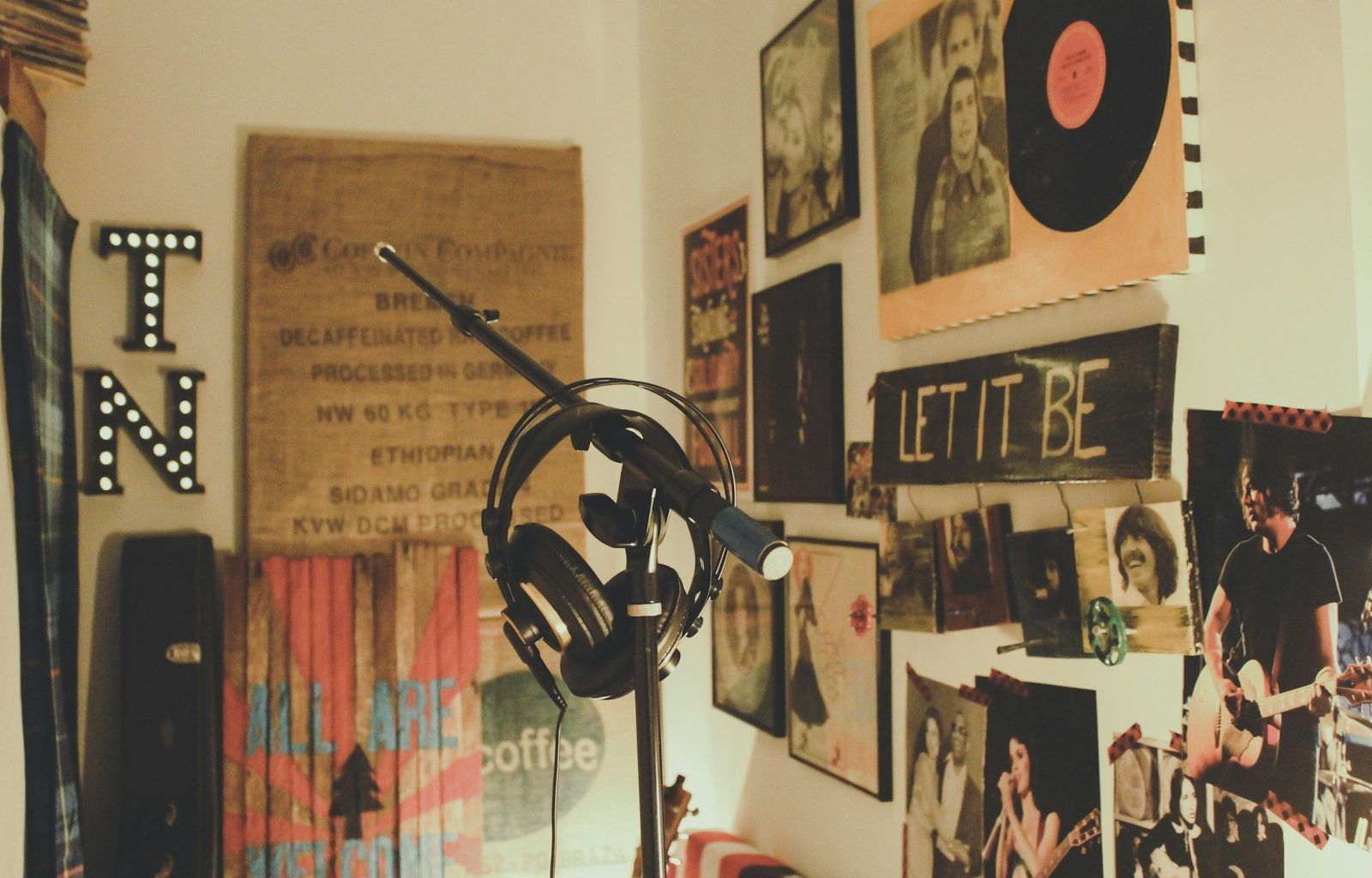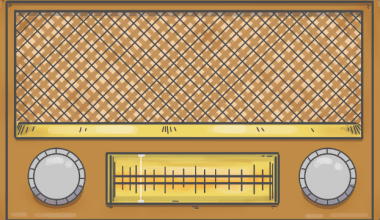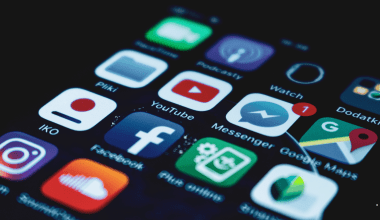In today’s competitive music industry, standing out is more important than ever. Whether you’re an aspiring artist or an established band, having a professional music press kit can be the key to capturing attention and opening doors. Let’s dive into everything you need to know about creating a music press kit that leaves a lasting impression.
What is a Music Press Kit?
Think of a music press kit as your professional resume, but for the music world. It’s a collection of materials that showcase who you are as an artist, your achievements, and your work. A great press kit is the first step toward securing gigs, press coverage, and collaborations.
Instead of overwhelming promoters or journalists with scattered links or files, a music press kit puts everything in one place. It’s your chance to show you’re serious about your craft.
Why is a Music Press Kit Essential?
- Saves Time: Promoters and journalists can quickly access all the information they need.
- Boosts Your Credibility: A well-organized press kit shows professionalism.
- Increases Opportunities: Whether it’s getting booked for festivals or landing media coverage, a press kit is a must-have tool.
Essential Elements of a Music Press Kit
Now that we’ve covered what a press kit is and why it’s important, let’s talk about what goes inside it. Here’s a breakdown of the must-have elements:
1. Artist Biography
Your bio is your story—who you are, where you come from, and what makes you unique. Keep it concise but engaging.
Tips for a Great Bio:
- Include key milestones (e.g., awards, major performances).
- Mention influences or genres you’re inspired by.
- Use a tone that reflects your personality.
2. High-Quality Photos
First impressions matter, and visuals are often the first thing people notice. Include:
- A professional headshot.
- Live performance shots.
- Album artwork.
Pro Tip:
Ensure the images are high resolution (at least 300 DPI) for print and digital use.
3. Your Music
This is the heart of your press kit. Share your best work, but don’t overwhelm your audience.
What to Include:
- Links to your latest singles or albums (Spotify, Apple Music, Bandcamp, etc.).
- Music videos or live performance footage.
- Brief descriptions or stories behind your tracks.
4. Press Coverage
If you’ve been featured in blogs, magazines, or other media, include it! This builds credibility.
How to Showcase:
- Links to articles or interviews.
- Quotes from reviews.
Your online presence matters. Include links to:
- Your official website.
- Social media profiles (Instagram, TikTok, YouTube, etc.).
- Streaming platforms.
6. Contact Information
Make it easy for people to reach you. Include:
- Your email address.
- Management contact (if applicable).
- Booking agent details.
How to Design a Music Press Kit
Content is king, but presentation is queen. A well-designed press kit not only looks professional but also makes information easy to find.
Tools for Creating a Press Kit:
- Canva: A user-friendly design tool with templates.
- Adobe InDesign: For a polished, professional look.
- Google Docs: Simple but effective for a text-heavy press kit.
Design Tips:
- Use a clean and consistent layout.
- Stick to 2-3 colors that reflect your branding.
- Organize sections with headers and bullet points.
Digital vs. Physical Press Kits
While digital press kits (EPKs) are the norm, having a physical version can still be useful for in-person meetings or events.
Common Mistakes to Avoid
Creating a music press kit is a big step, but there are a few pitfalls you’ll want to steer clear of:
- Overloading with Information Keep it concise. Nobody has time to read your life story.
- Poor Quality Media Blurry photos or low-quality audio can ruin your credibility.
- Outdated Content Make sure your press kit is always up to date.
- Missing Contact Info Don’t make people hunt for ways to reach you.
How to Distribute Your Music Press Kit
Once your press kit is ready, the next step is to share it. Here’s how:
Send personalized emails to promoters, journalists, or venues. Attach your press kit as a PDF or include a link to an EPK.
Website
Have a dedicated “Press Kit” section on your website. Make it password-protected if needed.
Share links to your press kit in your bio or posts when relevant.
Examples of Great Music Press Kits
Looking for inspiration? Check out press kits from successful artists in your genre. Analyze their layout, content, and tone. Remember, your music press kit is a reflection of your brand, so make it uniquely yours.
Final Thoughts
A music press kit isn’t just a collection of files—it’s your story, your brand, and your ticket to new opportunities. By investing time and effort into creating a professional press kit, you’re setting yourself up for success in the ever-changing music industry.
For further reading, explore these related articles:
- What Is a Master Recording? Understanding Its Importance in Music
- Musician Electronic Press Kit (EPK) and Why You Need One
For additional resources on music marketing and distribution, visit DMT Records Private Limited.






